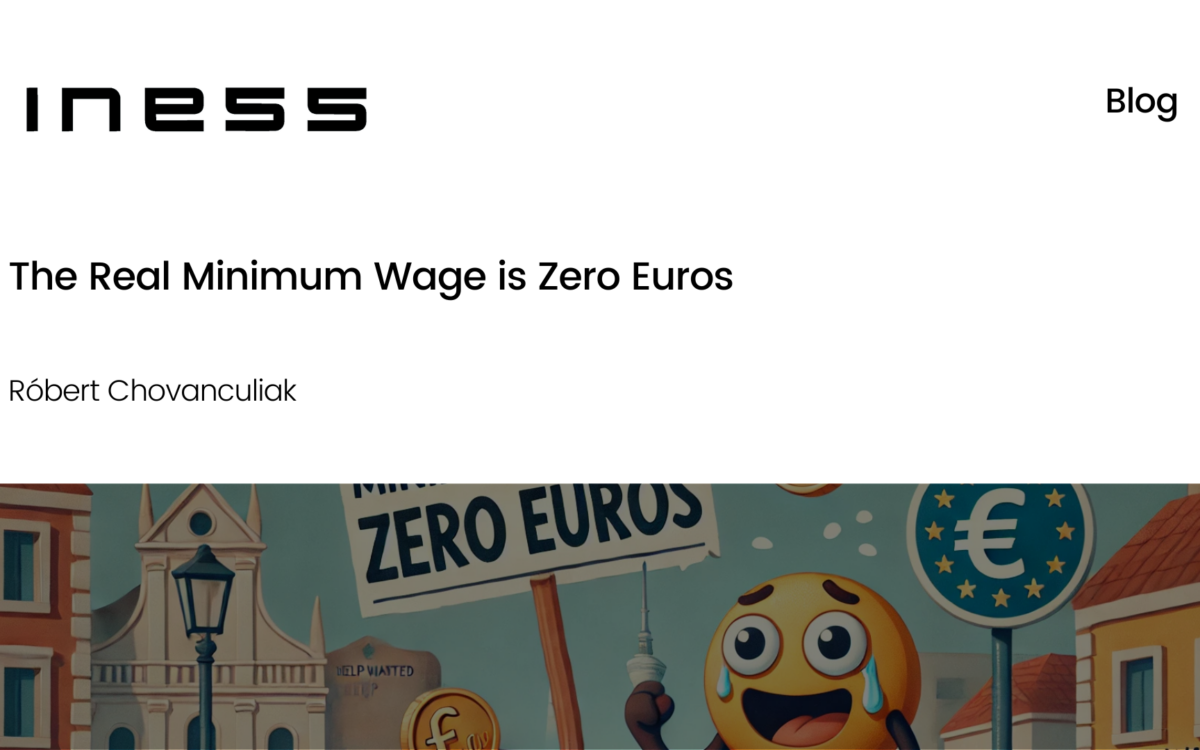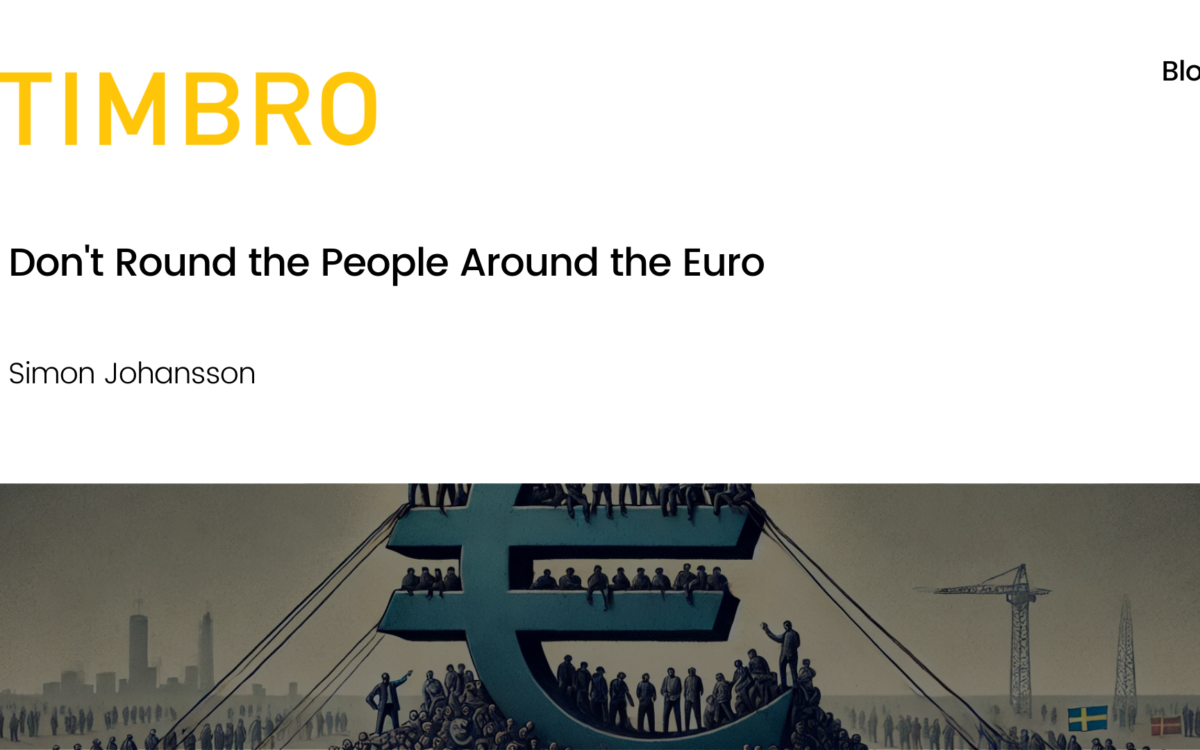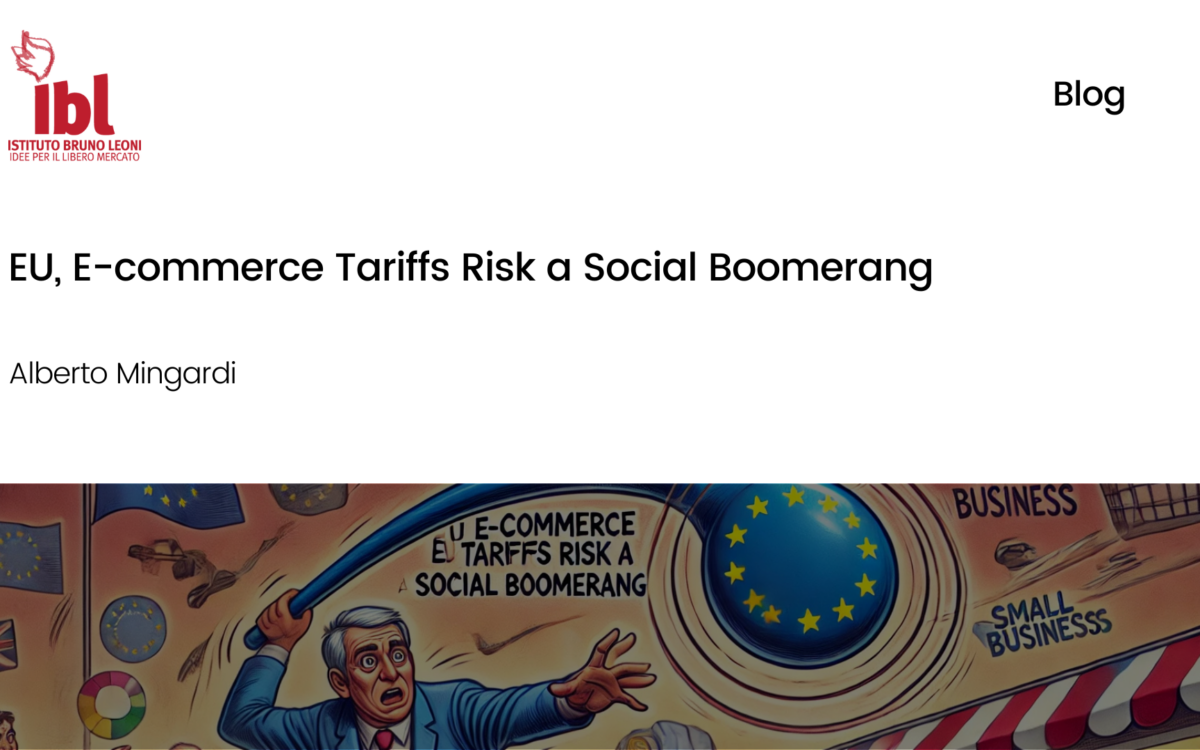It is Not NATO That is Destabilising Europe

It is Not NATO That is Destabilising Europe
Andreas Johansson Heinö // 31 March 2022
In August 1993, Russian President Boris Yeltsin travelled to Poland for an unplanned visit. The staff of the Polish Ministry of Foreign Affairs was hastily recalled from vacation. That would prove to be worth it. Yeltsin expressed unequivocal support of Poland’s right to join NATO. Poland’s potential NATO membership, Yeltsin said, did not pose a threat to Russia’s interests.
The message was unexpected. Any discussion on NATO expansion eastwards was sensitive in Russia as it also was in the West, where several leading politicians early on closed the door to former Warsaw Pact countries joining the alliance.
The move drew strong reactions at home in Russia. Several political heavyweights denied the stance and stated conflicting opinions. A few weeks later, Yeltsin was forced to retreat and stated that NATO was “not suited to deal with the region’s problems”. It would be better if the United States and Russia together stood as guarantors of security in Eastern Europe.
A door that had unexpectedly opened was slammed shut. Almost thirty years later, opposition to NATO enlargement remains an important driving force for Russia’s actions, including the current war in Ukraine. What went wrong?
During the first few post-Soviet months in the spring of 1992, Yeltsin and his Foreign Minister Andrei Kozyrev came to prioritise relations with the West. “Atlanticism” was a common term used to refer to this direction. But there was also constant opposition from key institutions such as the military, the Ministry of Defence, and not least, the Duma, which instead advocated for “Eurasianism”, i.e., an emphasis on the Russian immediate area.
Already during Yeltsin’s visit to Poland, the pendulum had swung in favour of Eurasianism. After the shocking result of the parliamentary elections in December 1993, when the party led by the ultranationalist Vladimir Zhirinovsky rose to power with 23 per cent of votes, Yeltsin also adopted a more anti-Western stance.
It has always been tempting, and often justified, to read these contradictions during the first formative years of Russian foreign policy through the lens of the traditions of thought that shaped the history of Russian ideas. With the 19th-century battle between Eastern-oriented Slavophiles and Western-oriented “Zapadniks” serving the best-known example. Such analyses provide historical depth to current politics but also risk mystifying what are basically highly rational factual political considerations.
Mikhail Gorbachev had only been secretary-general for two years when the Politburo decided in 1987 that the Soviet military would not be used to defend allied regimes in Eastern Europe. The Brezhnev doctrine, which obligates the Soviet Union to intervene wherever socialism was threatened, was abandoned in favour of what Gorbachev’s foreign policy spokesman, Gennady Geramisov, jokingly called the “Sinatra doctrine” in a US television interview in October 1989: each country must go its own way.
The Sinatra doctrine enabled the liberalisation initiated by the Communist parties in Hungary and Poland to continue and, by extension, the collapse of the entire Eastern Bloc. In June 1989, six months before the fall of the Berlin Wall, Gorbachev made it clear to German Chancellor Helmut Kohl that the days of East German leader Erich Honecker were numbered. The Soviet Union would not intervene on the behalf of the regime. A year later, Kohl and Gorbachev agreed on the terms for German reunification. Gorbachev accepted that a reunited Germany could be part of NATO in exchange for a limit on how many troops Germany could have.
This story is well known, but what is rarely highlighted is its causes. Gorbachev was not an idealist; the old Soviet vision of “socialism in a zone” did not appeal to him. However, he noted that the countries of Eastern Europe had become a major drain in the Soviet budget.
And what would he do with a buffer zone in Central Europe when the serious threats to the country’s integrity came from much closer quarters? The threats came from independence movements in the Baltics, Islamist currents in Central Asia, and even an ongoing civil war in the Caucasus (between Armenia and Azerbaijan). Gorbachev simply relinquished influence over Eastern Europe to ensure the survival of the Soviet Union.
But that was not enough. The triggering factor was the failed August 1991 coup when conservative forces tried to oust Gorbachev. Four months later, the leaders of the Russian, Ukrainian, and Belarusian soviet republics met, declared that the Soviet Union had ceased, and instead proclaimed the Commonwealth of Independent States (CIS).
Suddenly, the new Russian leaders were faced with the dual task of managing the legacy of the Soviet Union (troops, nuclear weapons, international agreements) and at the same time defining a completely new role for themselves, both in the world and in the region. Further, it had to establish new relationships with fourteen newly formed states, the majority of which had never before had sovereignty over their own foreign and security policy.
Three circumstances played a crucial role at this stage.
First, the fear of conflict spreading. Civil wars broke out on a small (Moldova) and large (Tajikistan) scale as the war in the Caucasus intensified and separatists won support in the Russian North Caucasus republic of Chechnya.
Secondly, there was the question of the twenty-five million Russian citizens who had become minorities in new states. In Estonia and Latvia, early discriminatory language and citizenship laws were adopted. Russia put pressure on neighbouring countries to influence legislation, partly for identity-based motives, but also for fear of a large-scale influx of Russians from neighbouring countries.
Thirdly, the phantom pains of the lost empire. The new states were all still economically dependent on Russia – the rouble remained a common currency at first. Many in Russia had a hard time imagining a way forward other than the emergence of a new union. The concept of “the near abroad” was established early on to capture the close relationship that Russia thought it had with its neighbouring countries and the influence it still had over them. Here, too, the ongoing conflicts became an opportunity for Russia to seize the new states, by sending so-called peacekeeping troops and thereby establishing a long-term military presence.
Thirty years later, we are still living with the consequences of the choices made in Moscow in the early 1990s. We know that Russia never built closer ties to the West in the way that many then believed and hoped.
An important reason why the supporters of a tougher foreign policy won was undoubtedly the real discrimination Russians faced in neighbouring countries. Putin would never have been able to claim discrimination against Russians in Ukraine today if there was not a well-established history of anti-Russian nationalism in several countries.
Another decisive factor was the weak popular support for a liberal Western policy. After Zhirinovskiy’s victory in the 1993 parliamentary elections, the 1995 elections result came as another shock. The unreformed Communist Party became the largest party (and Zhirinovskiy’s party became the second-largest).
Although it is of course possible to point out several individual mistakes made by Western countries in their policies towards Russia, it is a great exaggeration to claim that they are responsible for Russian choices.
The notion that Russia feels pressured by the West and acts accordingly is old. In the revisionist re-writing of the Cold War, the actions of the Soviet Union were presented as defensive. The Warsaw Pact was seen as an act of defence, a necessary protection against an aggressive West. As recently as after the invasion of Afghanistan in 1979, a debate took place in many countries, including in Sweden, where parts of the left pushed the thesis that the Soviet Union only defended itself against the rearmament and the new Cold War that the United States was striving for.
Echoes of these explanatory models are now also heard in the analysis of Russia’s annexation of Crimea in the 2000s. In the book Frontline Ukraine (published in Swedish by Karneval in 2015), the Russian expert, Richard Sakwa, argues that it is the EU and NATO that ultimately bear the blame for Russia’s actions in Ukraine. NATO’s “march east” took place in “fateful” cooperation with the EU, he writes. Although the Baltic states sought to increase their own security, the result was reduced security for all: “NATO exists to deal with the risks posed by its own existence.”
Sakwas’ alternative? A “pluralistic” security system. Instead of “the enlarged Europe”, in which the fates of Ukrainians and Moldovans are also dictated by Brussels’ “aggressive promotion of Western democracy”, Sakwa wants a Europe with several centres, including Ankara and Moscow.
When Magdalena Andersson claims that a Swedish NATO application would have a destabilising effect, she gives legitimacy to those who believe that Russia’s actions are a natural reaction to some form of Western threat. At the same time, Russia’s actions are presented as deeply irrational and arbitrary. Propaganda – that the West, which actively contributed to the reconstruction of Russia after the fall of the Soviet Union, which invited Russia to already established Western institutions (such as the Council of Europe), and which initiated a series of bilateral and multilateral cooperation efforts would pose a constant threat to Russia’s security – is confused with completely legitimate security policy priorities, as an obvious Russian effort to prevent and counter conflict hotspots in the immediate area. If anything, NATO and the EU have been part of the solution to these problems. It is Russia that has chosen a different path and thus contributes to destabilisation.
The original article appeared in Swedish and was translated by Mathew Lloyd.
EPICENTER publications and contributions from our member think tanks are designed to promote the discussion of economic issues and the role of markets in solving economic and social problems. As with all EPICENTER publications, the views expressed here are those of the author and not EPICENTER or its member think tanks (which have no corporate view).



